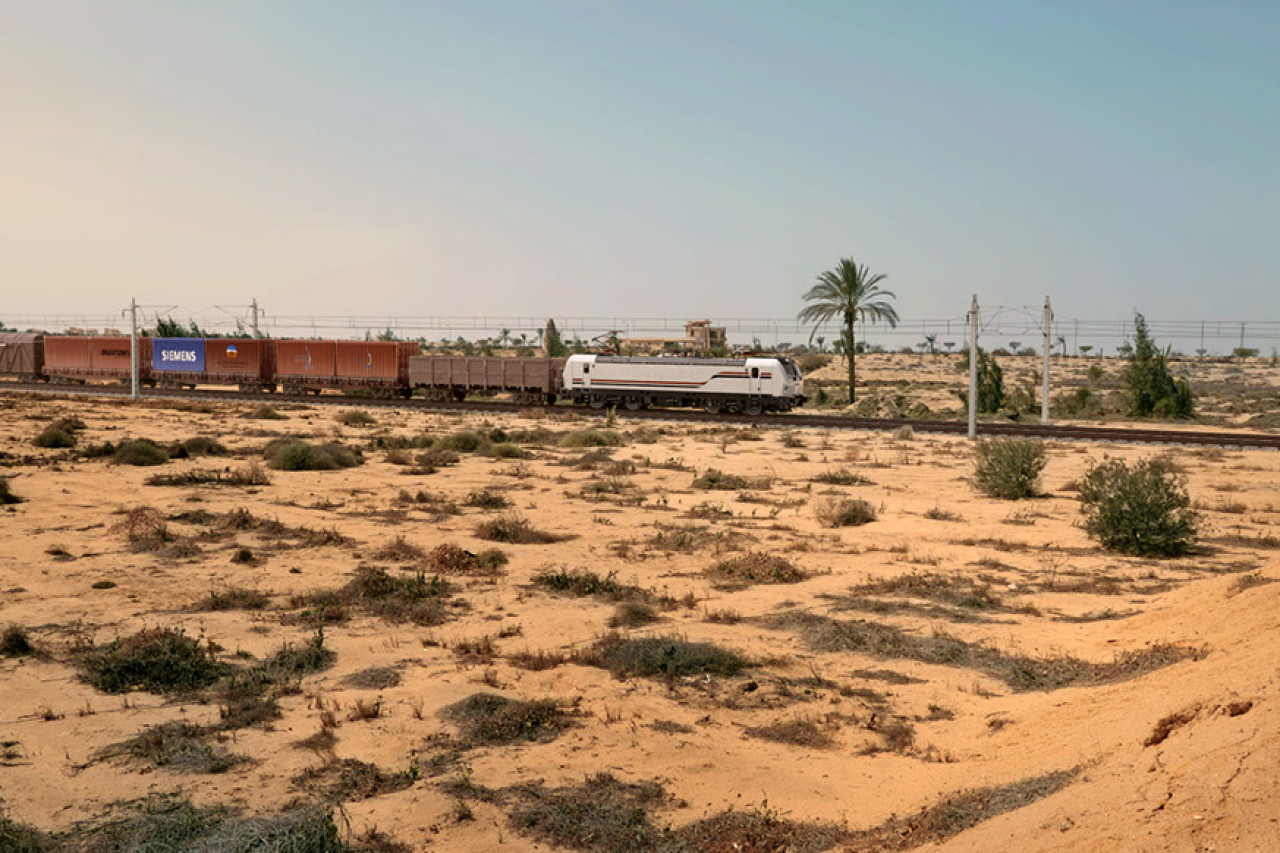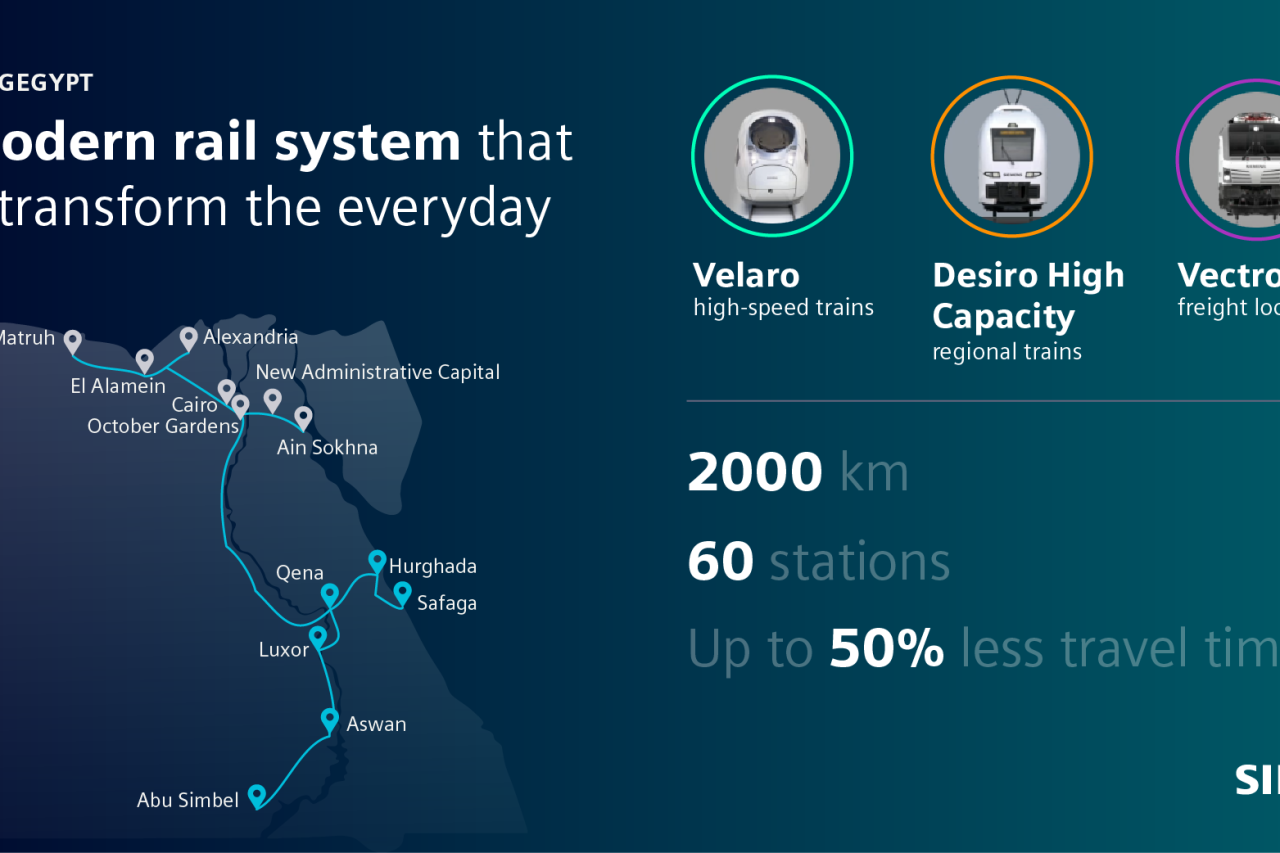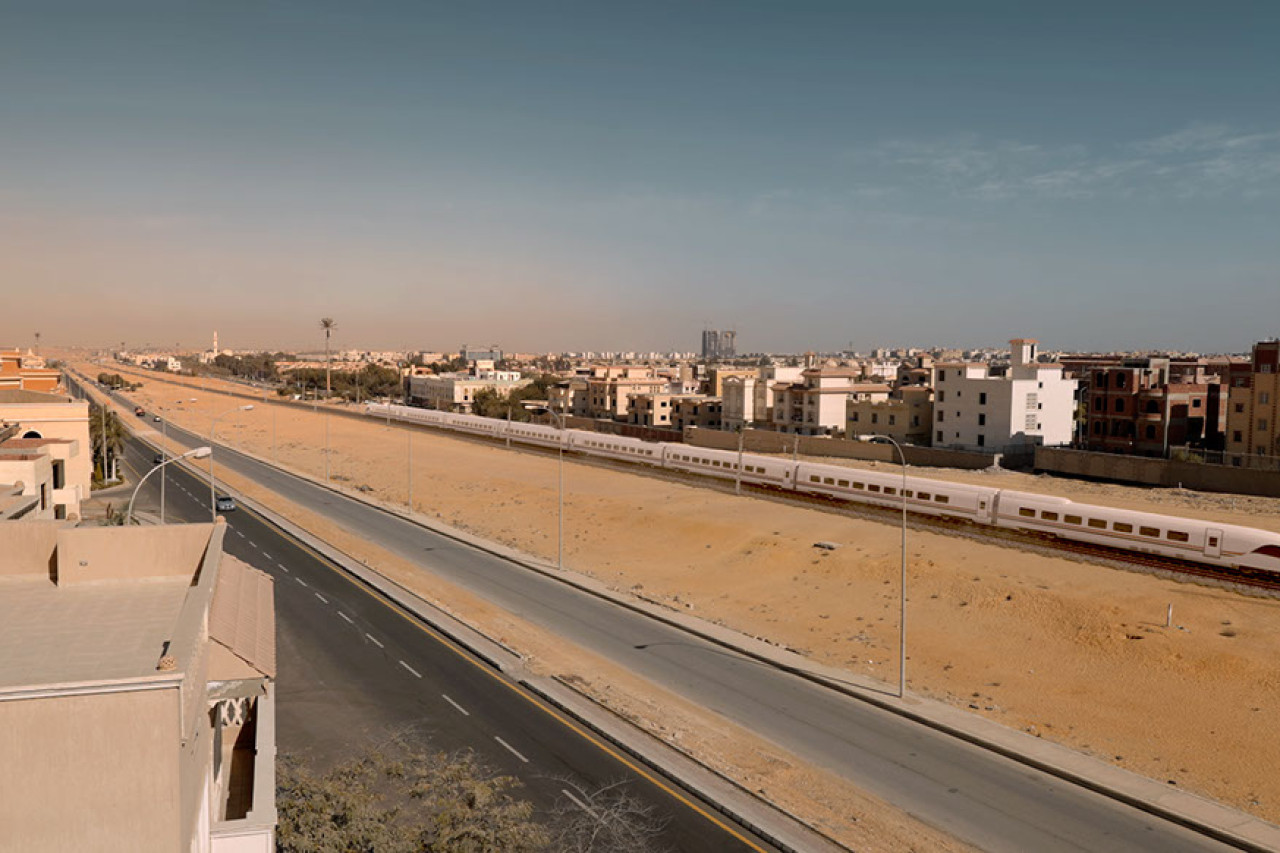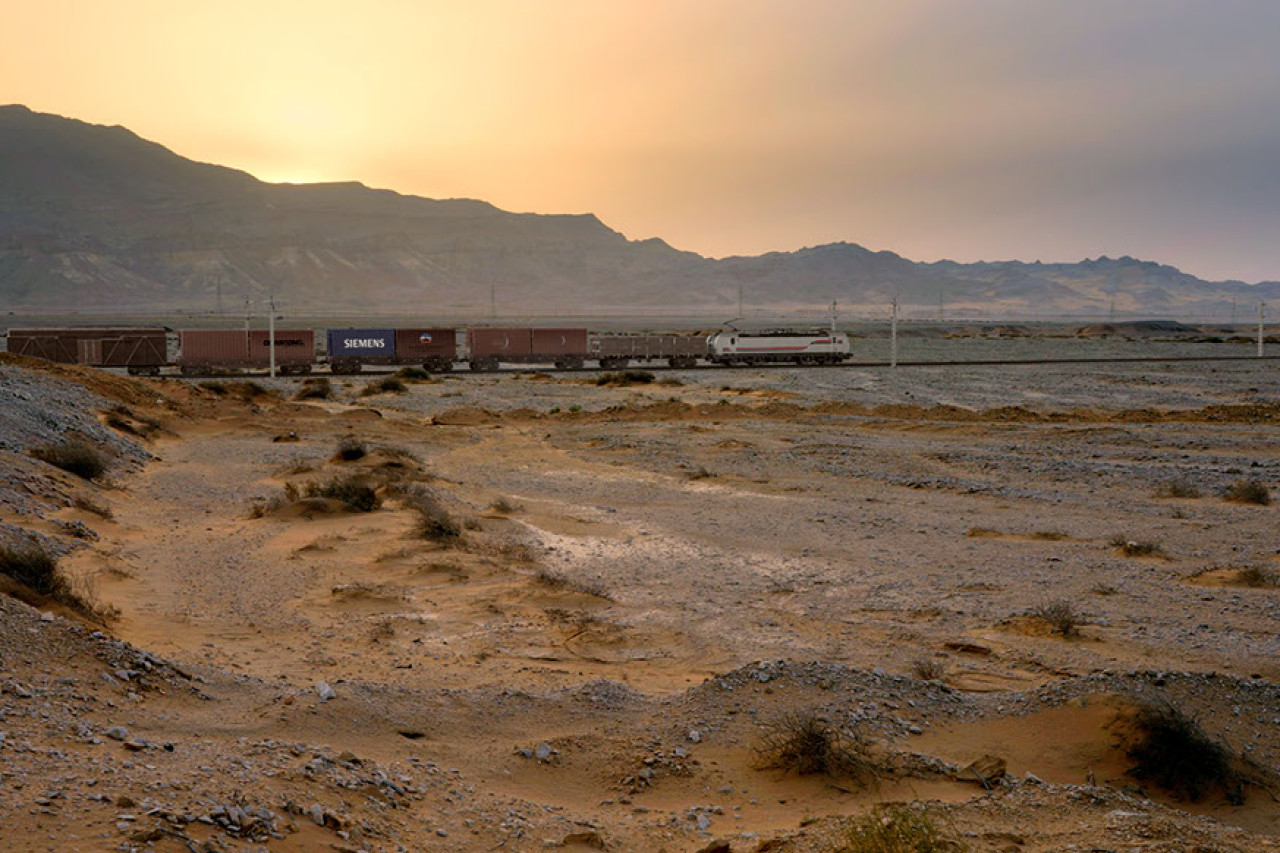Interview with Róbert Broda about the Moving Egypt Project
We'll start with your role at Siemens Mobility. What can you tell us about the project for Egypt? What will the following lines be about?
I've been working at Siemens Mobility as a Technical Manager for 2.5 years. This position is truly a 'dream come true' for me, as it aligns with my professional ambitions by combining areas that have long interested me: engineering and management. Specifically, it involves technical challenges, working with people, planning, workload estimation, efficiency, and control. From the very beginning of my time at Siemens Mobility, I was lucky enough to work with excellent colleagues and to be part of an interesting project. Shortly after completing the onboarding process, I joined the Velaro Egypt project. In the context of this project, I have position of 'TMM,' which stands for Technical Manager for Mechanical Matters. I am responsible for about 30 different areas, such as civil engineering, exterior design, doors, interior, and so on. Each of these areas has its responsible engineer/manager, and I am in charge of their coordination and supervision.
Therefore few months after joining, you got involved in the massive Moving Egypt project?
Yes, this project is a 'turn-key project,' where Siemens delivers both infrastructure and vehicles, as well as provides service for 15 years. The name of the entire project is 'Moving Egypt,' which states for 'Let's Get Egypt Moving.' Egypt is literally “moving“ because is planned to build approximately 2,000 kilometers of high-speed rail lines, deliver more than 40 Vectron locomotives, over 40 Velaro high-speed trains, and more than 90 Desiro regional trains. These rails will connect the Mediterranean Sea to the Red Sea and link tourist and industrial cities along the Mediterranean coast. The second line will connect cities along the Nile River to the south, and the third line will connect tourist cities on the Red Sea coast, such as Hurghada and Safaga.
What was probably the biggest challenge?
Understanding the specific conditions in Egypt, especially regarding the environment. Subsequently, designing and preparing tests for individual components to withstand Egyptian conditions, such as high concentrations of sand/dust and high temperatures. More than 90 experts are working on the project, responsible for cross-cutting topics (e.g., statics, dynamics...) and engineers, half of whom are my colleagues in the Czech Republic.
The connection between the Red and Mediterranean Seas will play a significant role in the Egyptian transportation system. Why?
The connection between the Red and Mediterranean Seas (the so-called 'Suez Canal on Rails') represents one of the three routes that will have the most significant importance, especially in the early stages. This is true not only because of the connection of the two seas, but also because of the connection of important Egyptian cities such as Cairo, New Cairo, New Capital and Alexandria. The route is approximately 700 kilometers long and is the first to be constructed. Like any railway, this one also has significant transportation importance and potential for the economy. Connecting major cities, as I mentioned earlier, will also have a significant impact on industrial cities. It will be essential for tourism, both domestically and internationally. Furthermore, it will accelerate logistics (Egypt imports 25% of agricultural products, and the same applies to chemical and mineral products). Improving railway transportation safety and reducing CO2 emissions are also vital, as the current railway transport is outdated and uses diesel locomotives).
Which technologies and innovations is Siemens Mobility bringing to the Egyptian project compared to existing high-speed projects? Can you provide insight into the expected overall impact of this project on Egypt's railway transport? I'm not sure how 'confidential' it is, but what can you reveal to us?
For now, everything is 'confidential,' as is typical in the development phase. Most innovations are at the cutting edge of 'state of the art,' as is the computing technology used for simulations.
Can you tell us about your specific goal in the project and how Siemens Mobility from the Czech Republic can contribute to the project's overall success?
My initial goal was to compete internationally as a TM. Later, my goal shifted to delivering a reliable product—a high-speed train—to the customer. We are building it on the 'Velaro Classic' platform. However, our engineering teams are adapting it in order to meet the challenging Egyptian climate conditions while maintaining the same features of speed, comfort, efficiency, and sustainability.
Can you expand on the expected social impact of this project, from job creation to infrastructure improvement?
In Egypt, the population is growing at a rate of 5% annually, which presents certain challenges. Unemployment stands at around 9%, and among young people, it reaches up to 20%. The Siemens consortium and local partners involved in the project anticipate creating 40,000 jobs, which will have a significant positive impact on employment in the region.
What were the main challenges you had to overcome during implementation?
The main challenges were cultural aspects, technical aspects, especially regarding environmental conditions, and, like with any project, financial aspects.
Will the high-speed rail system be implemented in Egypt, and what will such a costly project bring to the country?
I believe yes. The use of the high-speed rail system in Egypt will reduce travel times by up to 50% and undoubtedly provide much greater comfort for passengers.
The Egyptian project reflects the values and mission of Siemens Mobility...
Electrified railroads themselves represent a significant step towards sustainability and innovation, including modern safety systems and other advanced technologies.
About the Moving Egypt Project
Siemens Mobility is building a modern high-speed rail network in Egypt, covering a length of 2,000 kilometers, connecting 60 cities across the country with trains capable of speeds of up to 230 km/h. It will be the 6th largest high-speed rail network in the world, providing 90% of Egyptians access to a modern, safe, and affordable transportation system. The fully electrified network will reduce carbon dioxide emissions by 70% compared to current automotive or bus transport, further supporting Egypt's efforts to transform its transportation system into a more sustainable one. Siemens Mobility will deliver 41 Velaro high-speed trains, 94 high-capacity Desiro regional trainsets, and 41 Vectron locomotives for freight transport. The contract also includes the construction of eight depots and stations and a 15-year maintenance agreement. Siemens Mobility's share of the combined order is worth EUR 8.1 billion EUR.





